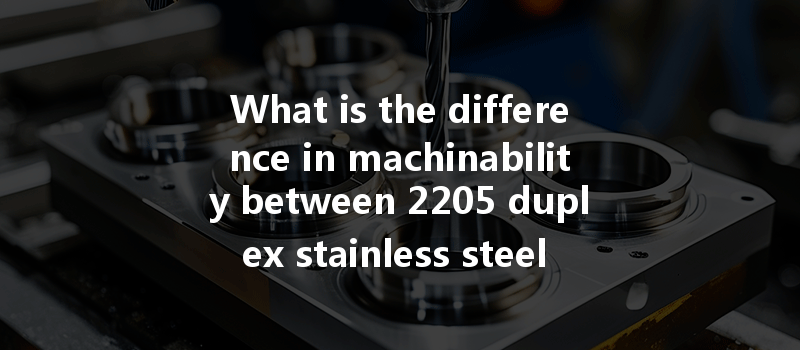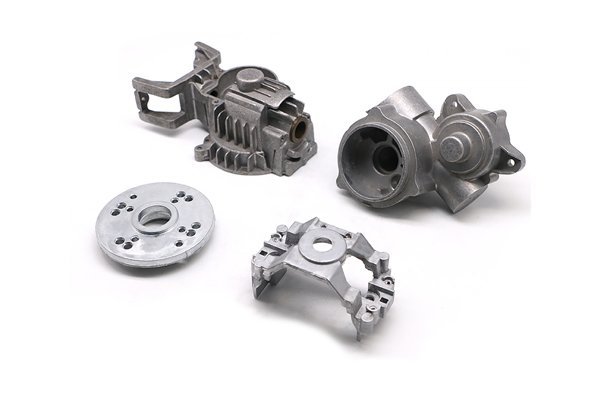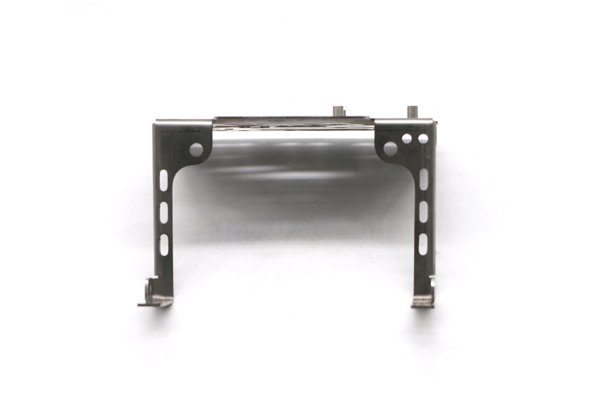Did you know that over 80% of all manufacturing processes involve some form of machining? This staggering statistic underscores the importance of understanding materials used in CNC (Computer Numerical Control) machining, particularly when it comes to optimizing production efficiency and product quality. Among the numerous alloys available, stainless steels such as 2205 duplex stainless steel and 347 stainless steel present unique challenges and benefits in machining processes.
In this extensive blog post, we will explore the machinability differences between 2205 duplex stainless steel and 347 stainless steel, how each material affects the machining process, best practices for CNC operators and engineers, and ultimately guide you through making informed decisions in your manufacturing processes.
1.1 What is Stainless Steel?
Stainless steel is defined as a group of iron-based alloys containing at least 10.5% chromium. This unique composition provides outstanding corrosion resistance and allows stainless steels to remain intact in various environments, making them ideal for a wide range of applications, including aerospace, automotive, medical devices, and kitchen utensils.
1.2 Types of Stainless Steel
Stainless steel is categorized into five primary groups:
In this blog, we will focus on the duplex stainless steel 2205 and austenitic stainless steel
2. 2205 Duplex Stainless Steel
2.1 Composition and Properties
2205 duplex stainless steel contains approximately 22% chromium, 5% nickel, and 3% molybdenum, providing excellent resistance to pitting and stress corrosion cracking. Its microstructure consists of approximately equal amounts of austenitic and ferritic phases, contributing to its high strength and toughness.
2.2 Common Applications
Due to its unique properties, 2205 is widely used in applications such as:
2.3 Machinability of 2205
The machinability of 2205 duplex stainless steel is rated at approximately 45% that of 1018 carbon steel. The lower the machinability rating, the more challenging it can be to machine. Key considerations during machining include:
3.1 Composition and Properties
347 stainless steel is an austenitic grade that features a significant addition of niobium (up to 1% ) which provides improved resistance to intergranular corrosion. It typically contains approximately 18% chromium, 11% nickel, and is characterized by excellent formability and weldability.
3.2 Common Applications
347 stainless steel is commonly found in applications including:
3.3 Machinability of 347
347’s machinability rating is approximately 60% that of 1018 carbon steel, slightly better than that of
Given the above information, we can begin to draw comparisons between the two materials regarding their machinability:

4.1 Cutting Tool Wear and Longevity
4.2 Cutting Speeds and Feed Rates
4.3 Tooling Requirements
4.4 The Role of Coolants and Lubricants
To achieve high-quality machining results, it’s essential to follow best practices specific to each material:
5.1 Cutting Parameters
For each material, specific cutting parameters should be defined according to the desired finish and product specifications:
5.2 Tool Selection
Choosing the right cutting tools is vital for maximizing performance and minimizing downtime. Both material types benefit from:
5.3 Surface Finish and Tolerances
Surface finish and tolerances play a crucial role in the machining process. CNC operators should aim for the following:
5.4 Tool Path Optimization
Using advanced CAM (Computer-Aided Manufacturing) strategies can optimize tool paths, ensuring efficient machining of both 2205 and 347 stainless steels. Users should consider:
In conclusion, understanding the differences in machinability between 2205 duplex stainless steel and 347 stainless steel is critical for CNC machining professionals. The varying properties associated with both alloys not only influence their machining processes but also determine end-product quality and durability.
In summary, we have highlighted key aspects regarding their compositions, typical applications, and machinability factors such as tool wear, cutting speeds, and tooling requirements. By employing the right techniques and following best practices tailored to each material, manufacturers can mitigate performance challenges and enhance production efficiency.
This blog aims to provide a comprehensive guide to those working with stainless steel in CNC machining and emphasizes the importance of material selection based on the desired application. By understanding these intricacies, manufacturers can achieve better outcomes and address challenges effectively, leading to enhanced competitiveness in the dynamic world of CNC machining.
With technological advancements continuously reshaping the manufacturing landscape, the insights shared here will empower readers to make informed decisions. As you reflect on your operations and strategies, consider the role that an in-depth knowledge of material machinability plays—it’s an investment in quality, efficiency, and long-term success.






